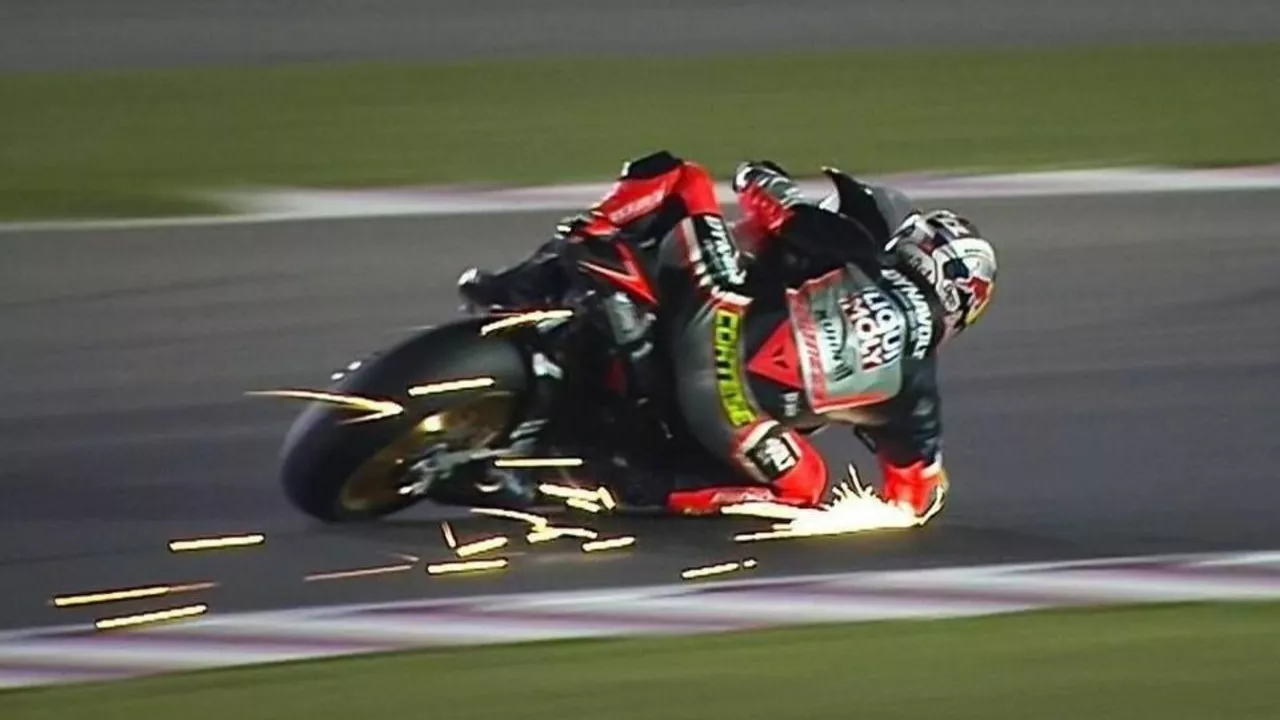Slipstreaming: The Simple Drafting Trick Every Racer Should Know
Ever been stuck behind a faster car and thought, “If only I could use that to my advantage?” That’s what slipstreaming – also called drafting – is all about. By staying close to the back of a car that’s already cutting through the air, you reduce the wind resistance on your own vehicle and can pull ahead when the moment is right.
This technique isn’t just for pro drivers; any racer who understands the basics can add a handful of passes to their toolbox. Let’s break down how it works, when to use it, and the safety steps you shouldn’t skip.
How Slipstreaming Works
When a car speeds down the track, its front creates a high‑pressure zone while the sides and rear leave a low‑pressure wake. If you line up in that wake, the air pushing against you drops dramatically. Less drag means your engine doesn’t have to work as hard to maintain speed, so you can either save fuel or gain a few extra kilometres per hour.
The extra speed you gain is usually modest – around 5‑10% – but on a straight line that can translate to a full‑second advantage. In racing, a second can be the difference between a podium and finishing off the grid.
Tips to Use Slipstreaming Effectively
1. Choose the right moment. The best place to draft is on long, straight sections where the leading car has settled into a steady speed. Trying it on a tight corner usually ends in a crash.
2. Stay just behind the leader. Aim for a gap of about one to two car lengths. Too close and you risk touching wheels; too far and you lose the aerodynamic benefit.
3. Watch the leader’s line. If the car ahead is drifting wide or braking early, you can anticipate the optimal spot to pull out. Timing your move a half‑second before the driver brakes gives you the most momentum.
4. Communicate with teammates. In team racing, a teammate can deliberately let you draft, then pull away to let you overtake. Knowing each other’s plans makes the maneuver smoother.
5. Practice safety first. Keep eyes on the leading car’s brakes, mirrors, and any sudden steering inputs. If the leader flicks the wheel, be ready to back off instantly.
Common mistakes include staying in the draft for too long, which can overheat your brakes, and trying to draft in wet conditions where the wake can become turbulent and unpredictable. If you’re unsure, stick to the basics: draft on a dry straight, stay within a safe distance, and pull out just before the leader begins to brake.
Slipstreaming isn’t a magic bullet, but when used wisely it gives you a tangible speed boost without extra power. Whether you’re a club racer, a hill‑climb enthusiast, or just watching F1, spotting a well‑executed draft can add a whole new layer of excitement to the race.
Next time you’re on the track, give the slipstream a try. Stay close, stay alert, and let the air do the heavy lifting. You’ll be surprised how often a simple draft turns a chase into a victory.

What is slipstreaming in MotoGP?
Jul, 19 2023